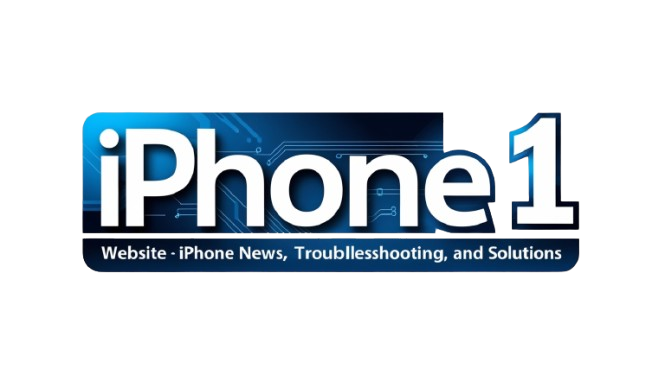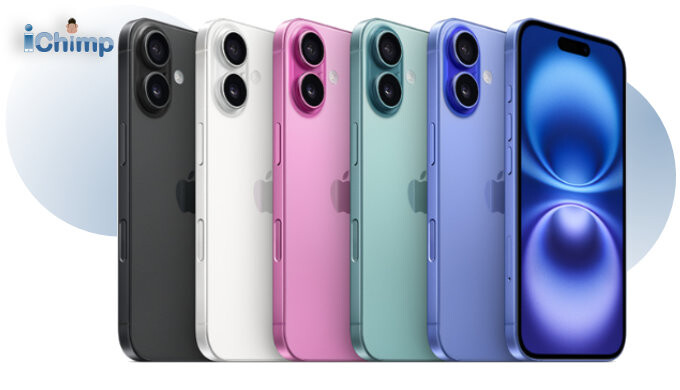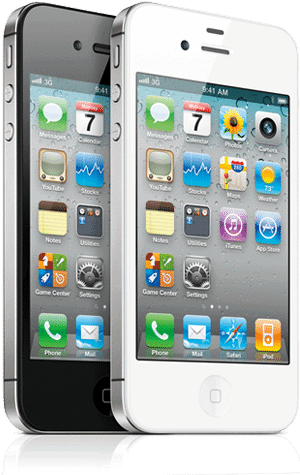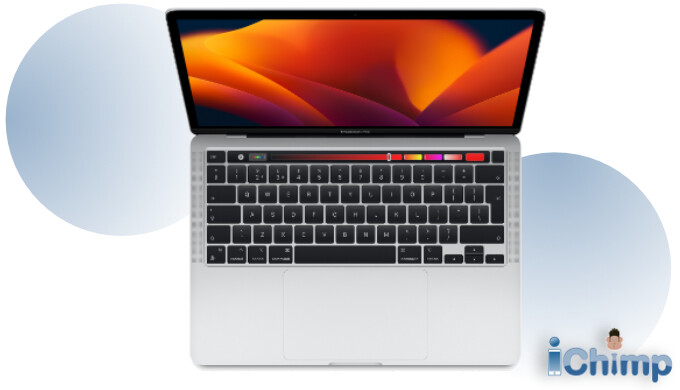Regaining Access: iPhone 14 iCloud Activation Lock Removal
Encountering an iCloud Activation Lock on your iPhone 14 (including Plus, Pro, and Pro Max) can be frustrating. This comprehensive guide provides effective strategies to navigate this issue, whether you’re dealing with a pre-owned device, your own phone, or seeking free and online solutions. We’ll explore various methods, even if you lack the Apple ID credentials.

Liberating Your iPhone 14: iCloud Lock Removal Strategies
An iCloud lock effectively tethers an iPhone to a specific Apple ID, restricting access for other users. Fortunately, several approaches can circumvent this barrier on your iPhone 14.
Specialized online unlocking platforms (discussed below) and third-party software tools offer potential solutions. These methods aim to erase the lock, enabling you to reset the passcode and configure the iPhone as new. However, proceed with caution and prioritize reputable services.
Navigating Online Unlocking Services
Recent market analysis reveals a range of online iCloud bypass services. Reputable providers, such as DirectUnlocks (pricing around $35 USD with a typical 24-hour turnaround as of late 2024), offer a streamlined process. Thorough due diligence is crucial before engaging any service.
- Locate your iPhone’s IMEI number.
- Visit the chosen service provider’s website (e.g., DirectUnlocks) and input the IMEI.
- Specify your iPhone 14 model and initiate the unlock process.
- Accept the terms and conditions and finalize the payment.
- Allow approximately 24 hours for the unlock to complete and receive confirmation.
Advertisement
Exploring Software-Based iCloud Unlocking
Numerous software tools claim to bypass iCloud locks. While some offer legitimate functionality, others pose risks of scams, malware, or damage to your devices. Exercise extreme caution and research thoroughly.
iBypasser, for example, offers a trial version and a money-back guarantee, allowing users to test its compatibility and effectiveness. Key features include user-friendly operation, regular updates, and responsive customer support.
Unlocking Without the Original Owner’s Assistance
If contacting the previous owner is impossible, reputable activation lock bypass tools or services can be considered. However, the online landscape is rife with scams. Avoid suspicious downloads, “hacks,” and unrealistic promises.
Prioritize established services with verifiable track records. Be wary of tools claiming direct interaction with Apple servers or offering simplistic PDF “guides.” Research and user reviews are essential.
Free iCloud Unlock Methods: Exploring DNS Bypass
Free iCloud Activation Lock bypass is generally feasible only if you possess the associated Apple ID and password. If these credentials are unavailable, a DNS bypass might offer a workaround, though functionality can be limited.
- Power on your iPhone 14 and proceed through the setup until the Wi-Fi network selection screen.
- Tap the “i” icon next to your Wi-Fi network and select “Configure DNS.”
- Choose “Manual” and add a server using a geographically appropriate IP address (research current DNS server IPs for iCloud bypass).
- Navigate back, select your Wi-Fi network, enter the password, and tap “Join.”
- During activation attempts, repeatedly press “Back” to return to the Wi-Fi screen.
- If successful, you’ll connect to the DNS server and access a modified interface.
Pre-Owned iPhone 14: Addressing iCloud Lock
When purchasing a used iPhone 14, request the seller to remove the iCloud Activation Lock before the transaction. This can be done remotely via their Apple ID account, eliminating the need for physical access to the device.
Inability or unwillingness to remove the lock raises a red flag, potentially indicating a stolen device. Verify the legitimacy of the sale before proceeding.
Unlocking Your Personal iPhone 14
If you’re locked out of your own iPhone 14, simply signing in with your Apple ID and password should resolve the issue. Utilize Apple’s “iForgot” service to recover forgotten credentials.
Apple provides resources to locate your Apple ID if it remains elusive. Check other Apple devices, system preferences on Macs, or use the Apple ID recovery page.




